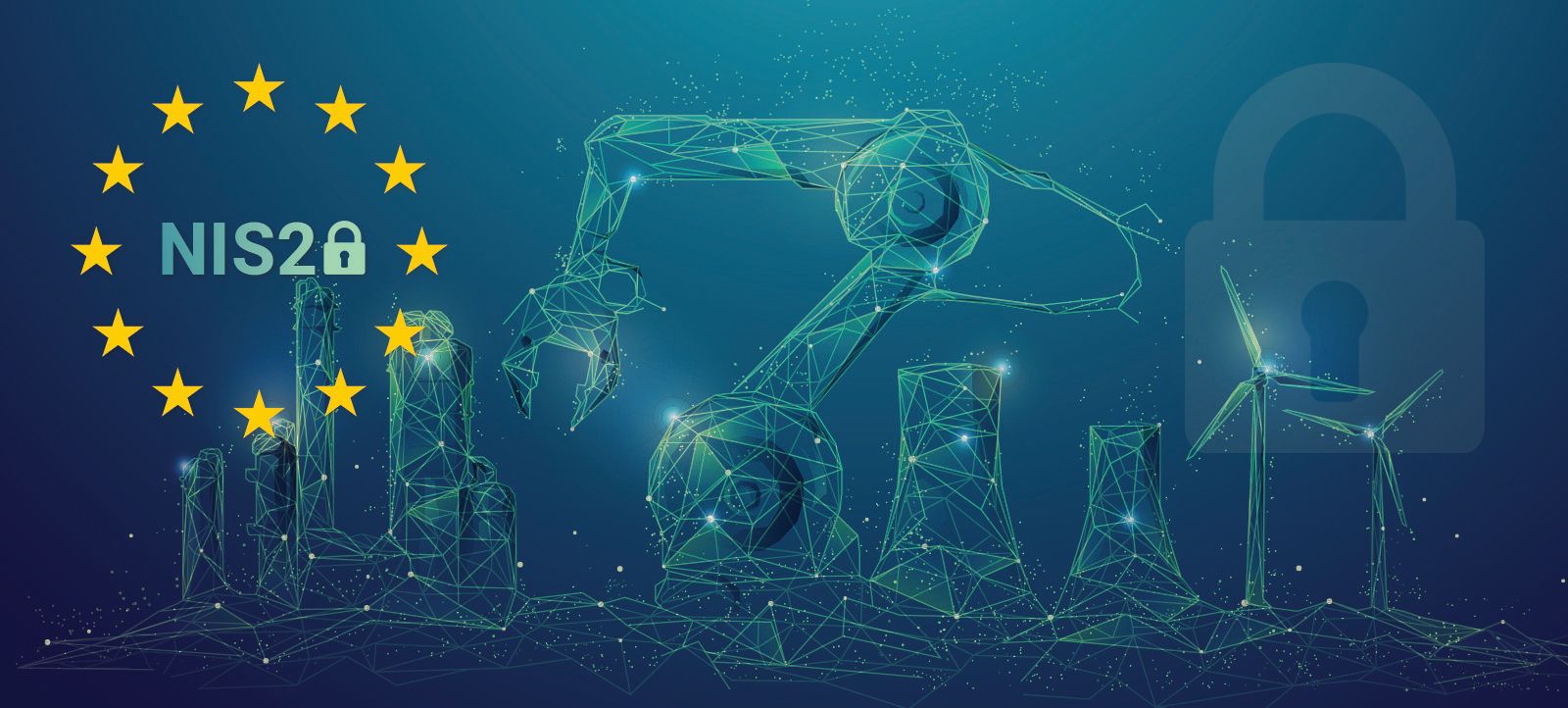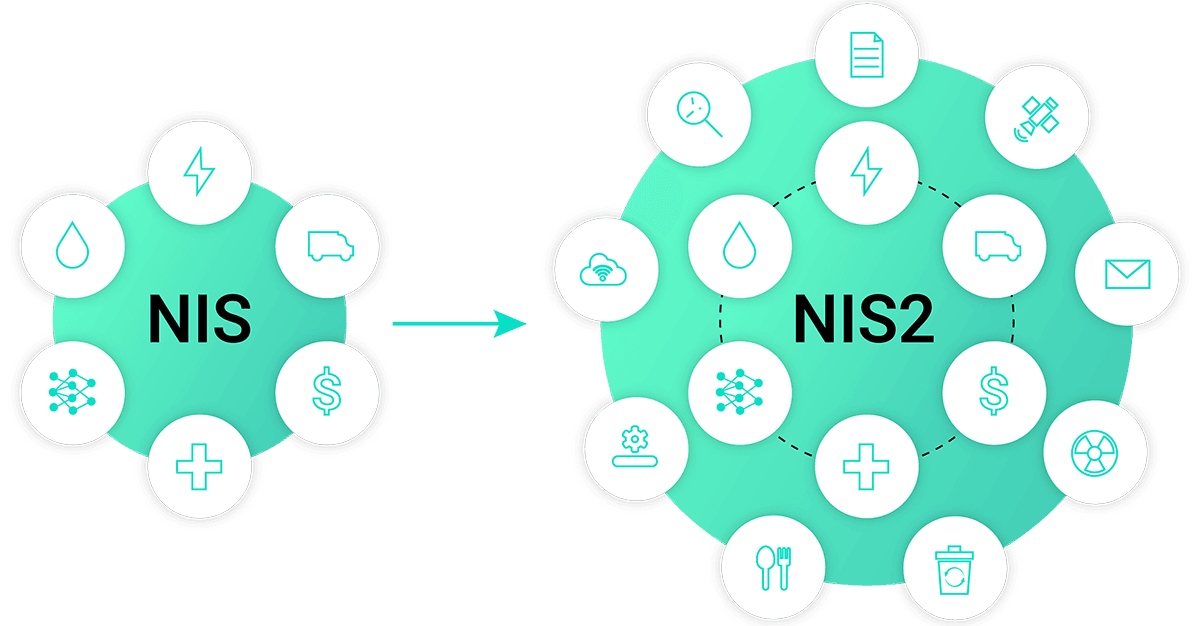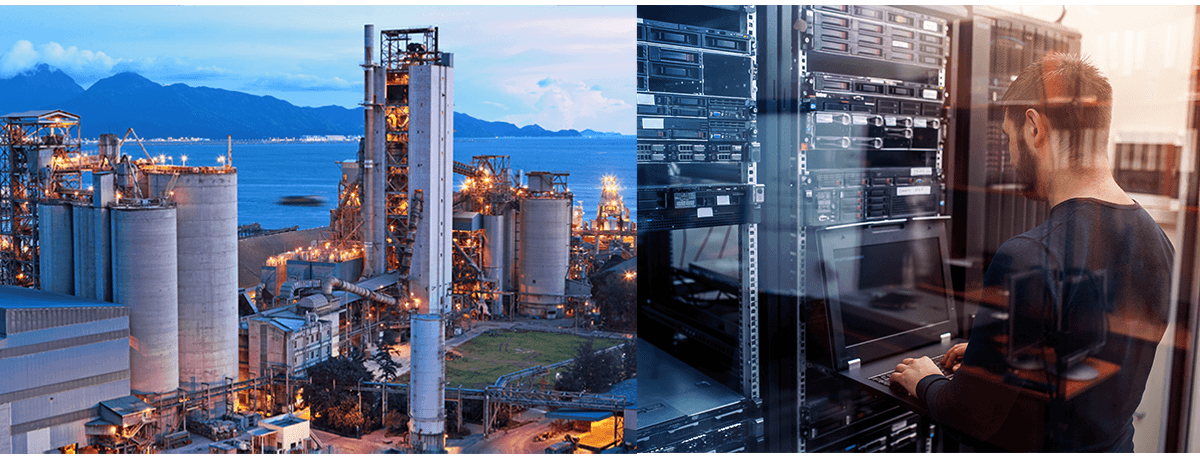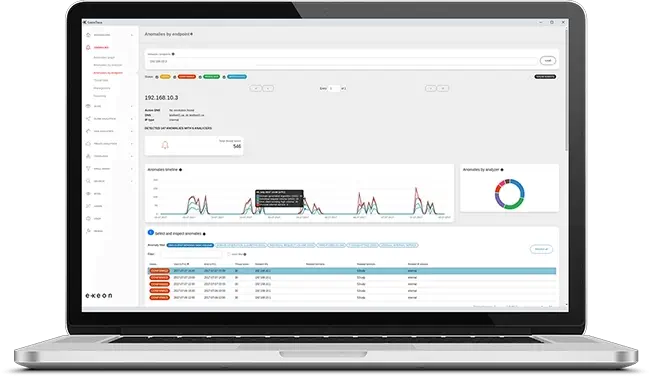Navigating the Impact of NIS2 on Network Monitoring for Critical Infrastructure: A Comprehensive Guide

What you need to know about the Directive on Security of Network and Information Systems (NIS)
The European Union has been at the forefront of implementing new cybersecurity regulations to ensure the safety and protection of its member states' critical infrastructure. One of the most important and far-reaching legislations in this regard is the Directive on Security of Network and Information Systems (NIS Directive). The NIS Directive, enacted in 2016, was the first EU-wide legislation on cybersecurity and aimed to ensure a high level of security for network and information systems across the EU.
In January 2023, the European Commission implemented an updated version of the NIS Directive, referred to as NIS2. The updated directive has a significant impact on the way critical infrastructure organizations manage and monitor their networks. NIS2 aims to strengthen the resilience and security of networks and information systems used by essential services providers and digital service providers in the EU. The directive recognizes the increasing reliance on these systems and the growing cyber threats faced by critical infrastructure operators.
In this comprehensive guide, we will explore the evolution from NIS1 to NIS2, discuss the key changes and implications, and delve into the affected industries and organizations.
We will also examine the NIS2 requirements for network monitoring and security, the challenges faced by critical infrastructure operators, and how Network Detection and Response (NDR) can serve as a key tool for effective network monitoring under NIS2.
The evolution from NIS1 to NIS2: Key changes and implications
The transition from the original NIS Directive to NIS2 is marked by several key changes and implications that organizations need to be aware of. These changes reflect the evolving cybersecurity landscape and the growing importance of network and information security for the stability and functioning of critical infrastructure.

Expansion of the scope
While the initial NIS Directive focused primarily on operators of essential services (OES) and digital service providers (DSPs), NIS2 significantly expands the scope to include a broader range of sectors and organizations. The updated directive now covers entities in sectors such as energy, transport, banking, financial market infrastructure, health, drinking water supply, digital infrastructure, and public administration. This expansion is in response to the increasing interdependence of these sectors and the potential cascading effects of cybersecurity incidents.
Stricter security requirements
NIS2 introduces more stringent security requirements for organizations in the scope of the directive. These include obligations to adopt risk management practices, ensure the security of their network and information systems, and regularly assess and improve their security posture. The directive also requires organizations to report any significant cyber incidents to their designated national authorities.
Increased cooperation and information sharing
The updated directive places a stronger emphasis on cooperation and information sharing among EU member states. This includes the establishment of a European Cybersecurity Industrial, Technology, and Research Competence Centre, which will support the development and deployment of cybersecurity technologies and promote collaboration between national authorities. NIS2 also encourages the sharing of best practices, threat intelligence, and incident response information among organizations and authorities.
Understanding the scope of NIS2: Affected industries and organizations
The broadened scope of NIS2 means that a wide range of industries and organizations will be affected by the updated directive. The sectors included under NIS2 can be broadly categorized as follows:
- Essential services providers: These include organizations in sectors such as energy, transport, banking, financial market infrastructure, health, and drinking water supply. Essential services providers are considered crucial for the maintenance of vital societal and economic functions, and their disruption could have significant impacts on public safety and well-being.
- Digital infrastructure providers: This category covers organizations that provide key digital services, such as internet exchange points (IXPs), domain name system (DNS) service providers, and top-level domain name registries. These entities play a vital role in the smooth functioning of the internet and the digital economy, and their disruption could have wide-ranging consequences.
- Digital service providers: This group includes organizations that offer digital services, such as online marketplaces, search engines, and cloud computing services. The growing reliance on digital services for personal and professional activities makes their security and resilience a top priority for the EU.
NIS2 requirements for network monitoring and security
As part of the NIS2 directive, organizations are required to implement a series of measures to ensure the security and resilience of their network and information systems. These measures include:
Risk management
Organizations must adopt a risk-based approach to network and information security, which involves identifying potential threats, assessing their impact, and implementing appropriate measures to mitigate the risks. This process should be regularly reviewed and updated to account for the evolving threat landscape.
Technical and organizational measures
NIS2 requires organizations to put in place appropriate technical and organizational measures to protect the security of their network and information systems. These measures should be proportionate to the identified risks and take into account the state of the art in cybersecurity technologies and practices. Examples of such measures include encryption, access controls, network segmentation, and continuous monitoring.
Incident reporting
Organizations are required to report any significant cyber incidents that impact the security of their network and information systems to their designated national authorities. The reporting process should be timely and include sufficient information to enable the authorities to assess the incident and provide support where necessary.
Compliance and enforcement
NIS2 establishes a framework for national authorities to monitor and enforce compliance with the directive's requirements. This includes the ability to impose sanctions and penalties for non-compliance, as well as conducting audits and inspections to ensure organizations are meeting their obligations.
Challenges faced by critical infrastructure operators under NIS2
The updated NIS Directive presents a number of challenges for critical infrastructure operators, particularly in terms of complying with the new requirements and adapting to the evolving cybersecurity landscape. Some of these challenges include:
- Increased complexity: The expanded scope of NIS2 means that many organizations will need to implement more comprehensive and sophisticated network monitoring and security measures than before.
- Regulatory compliance: The stricter security requirements under NIS2, as well as the need to report incidents to national authorities, may impose additional administrative burdens on organizations and require them to develop new processes and procedures to ensure compliance.
- Resource constraints: Implementing the necessary security measures and meeting the reporting obligations under NIS2 may be resource-intensive, particularly for smaller organizations or those that have not previously been subject to such requirements.

Network Detection and Response as a key tool for effective network monitoring under NIS2
In order to address the challenges posed by NIS2 and ensure the security and resilience of their network and information systems, Network Detection and Response (NDR) solutions are indispensable for critical infrastructure operators.
NDR offers a number of benefits for organizations to comply with NIS2, including:
- Visibility: NDR solutions provide comprehensive visibility into network traffic, enabling organizations to identify potential threats and vulnerabilities before they can be exploited.
- Detection: By continuously monitoring network traffic, NDR solutions can detect and alert organizations to suspicious activity, such as unauthorized access attempts or data exfiltration.
- Response: NDR solutions enable organizations to respond quickly and effectively to potential threats by triggering incident response procedures.
- Compliance: NDR solutions can help organizations meet the reporting requirements under NIS2 by providing detailed logs and reports of network activity and incidents.
Overall, NDR serves as a key tool for critical infrastructure operators to comply with the updated NIS Directive and ensure the security and resilience of their network and information systems.
Conclusion: The central role of NDR to comply with NIS2 for a more secure and resilient critical infrastructure
The updated NIS Directive, or NIS2, represents a significant step forward in ensuring the security and resilience of critical infrastructure in the EU. The directive's expanded scope, stricter security requirements, and emphasis on cooperation and information sharing reflect the growing importance of network and information security in our increasingly interconnected world.
However, complying with the new requirements posed by NIS2 presents a number of challenges for critical infrastructure operators, particularly in terms of implementing comprehensive and effective network monitoring and security measures.
Network Detection and Response (NDR) serves as a key tool for critical infrastructure operators seeking to comply with NIS2 and ensure the security and resilience of their network and information systems. NDR solutions provide comprehensive visibility into network traffic, detect and alert organizations to potential threats, enable effective response, and facilitate compliance with reporting requirements.
Use Exeon's Network Detection and Response solution to comply with NIS2 and protect critical infrastructure
At Exeon, we understand the challenges faced by critical infrastructure operators in complying with the updated NIS Directive, or NIS2. Our Network Detection and Response (NDR) solution provides comprehensive visibility into network traffic, detects and alerts organizations to potential threats, enables effective response, and facilitates compliance with reporting requirements. Contact us to learn more about how we can help you ensure the security and resilience of your network and information systems.
 ExeonTrace Platform: Anomalies timeline
ExeonTrace Platform: Anomalies timeline
Book a free demo to discover how ExeonTrace leverages ML algorithms to make your organisation more cyber resilient – quickly, reliable and completely hardware-free.

Author:
Gregor Erismann
Co-CEO
email:
gregor.erismann@exeon.com
Share:
Published on:
05.05.2023


